
Peugeot Rifter interior, tech and comfort

- Peugeot’s i-Cockpit set-up for the Rifter
- Works surprisingly well and remains airy
- Some may find it takes a while to get used to
The first thing you’ll notice when you jump behind the wheel of the Rifter is the tiny steering wheel and high-set dials on the dashboard. It’s just like the set-up you’ll find in the 208, 308, 3008 and 5008. Peugeot calls it i-Cockpit.
It works surprisingly well in the Rifter, as you sit high anyway as you would in a commercial vehicle or regular MPV, and enough adjustment in the seat to not feel hemmed in by the steering wheel. It suits some drivers more than others, so take a bit of time to familiarise yourself with the set-up, as some taller drivers may find the wheel is simply too low – even if it offers plenty of reach adjustment..
Depending on the model you go for, the Rifter comes with a touchscreen infotainment system – again, lifted from other Peugeot models – that sits proud of the dashboard within easy reach of the driver. Lower-spec Rifters get a simpler set-up with just a few buttons and no touchscreen function.
.jpg)
The heating and ventilation controls are also within easy reach, but almost hidden beneath the ledge the touchscreen sits on, so you’ll need to take your eyes off the road briefly to ensure you’re jabbing the correct button. The gearlever is located nice and high on the centre console so it falls within easy reach of the driver on manual versions, however, which is more useful.
If you opt for the EAT8 automatic, a rotary dial selects the gears just like in a Jaguar or Land Rover product.
.jpg)
Comfort
- Rifter’s ride is more comfort-focused
- Deals with worst roads well
- Refinement is also impressive
The Rifter’s more comfort-focused set-up (as opposed to having any kind of sporty pretentions), means it’s a joy to drive on even rougher roads and speed humps.
It deals with imperfections in the road well and it takes the worst surfaces or holes in the road to really send shudders through to the occupants.
Diesel models feel more settled on the road than the lighter petrol-engined versions, but the ride on top-spec GT Line versions can feel a little busy with the largest 17-inch alloy wheels. This could improve under the added weight of passengers and cargo, but it never really settles down on bumpy roads. However if you opt for Advanced Grip Control to maximise low-grip conditions, these go down to smaller 16-inch ones.
Where the Rifter hasn’t moved the game on is in refinement. The engine is hushed, but the resonance in this amount of space means road and wind noise is ever present inside the cabin. In regards to its other van-based rivals, refinement is above average in comparison to them, but you can’t escape the wind noise due to the upright windscreen and large door mirrors. The larger wheels on the GT Line won’t help minimise road noise either, so longer journeys could prove wearisome.
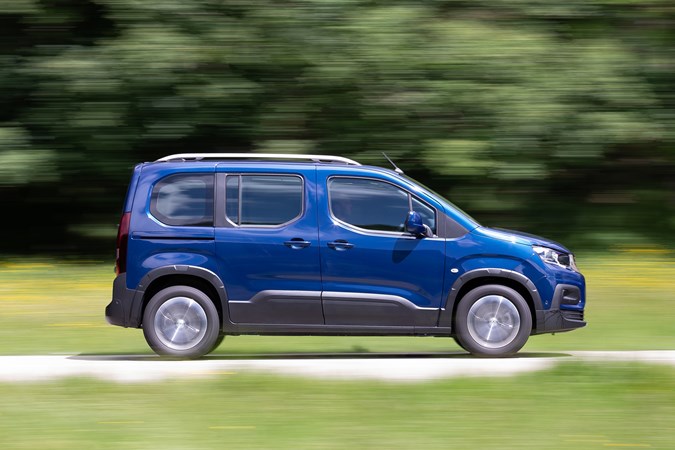


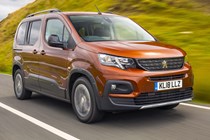
.jpg)
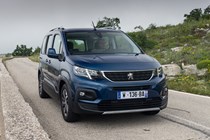
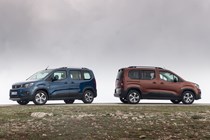
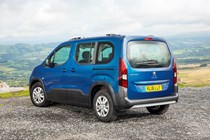
.jpg)
.jpg)
.jpg)
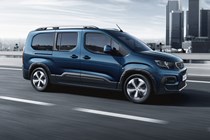
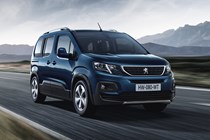

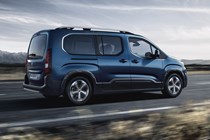
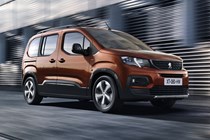
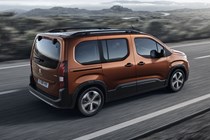
.jpg)
.jpg)
.jpg)
.jpg)
.jpg)
.jpg)
.jpg)
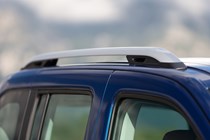

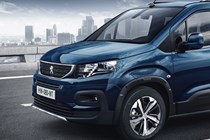
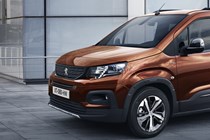
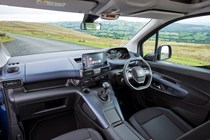
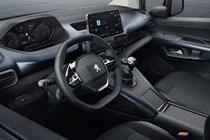
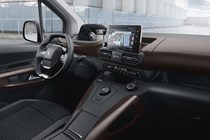

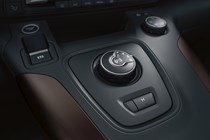

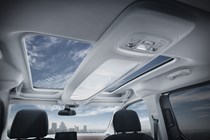
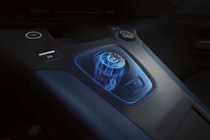
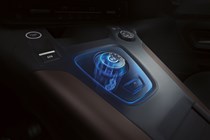
.jpg)
.jpg)
.jpg)
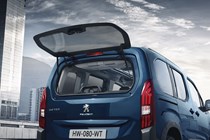

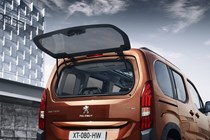
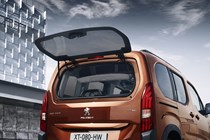

.jpg?quality=50)



.jpg?quality=50)
.jpg?quality=50)
.jpg?quality=50)






.jpg?quality=50)
.jpg?quality=50)
.jpg?quality=50)
.jpg?quality=50)
.jpg?quality=50)
.jpg?quality=50)
.jpg?quality=50)













.jpg?quality=50)
.jpg?quality=50)
.jpg?quality=50)



